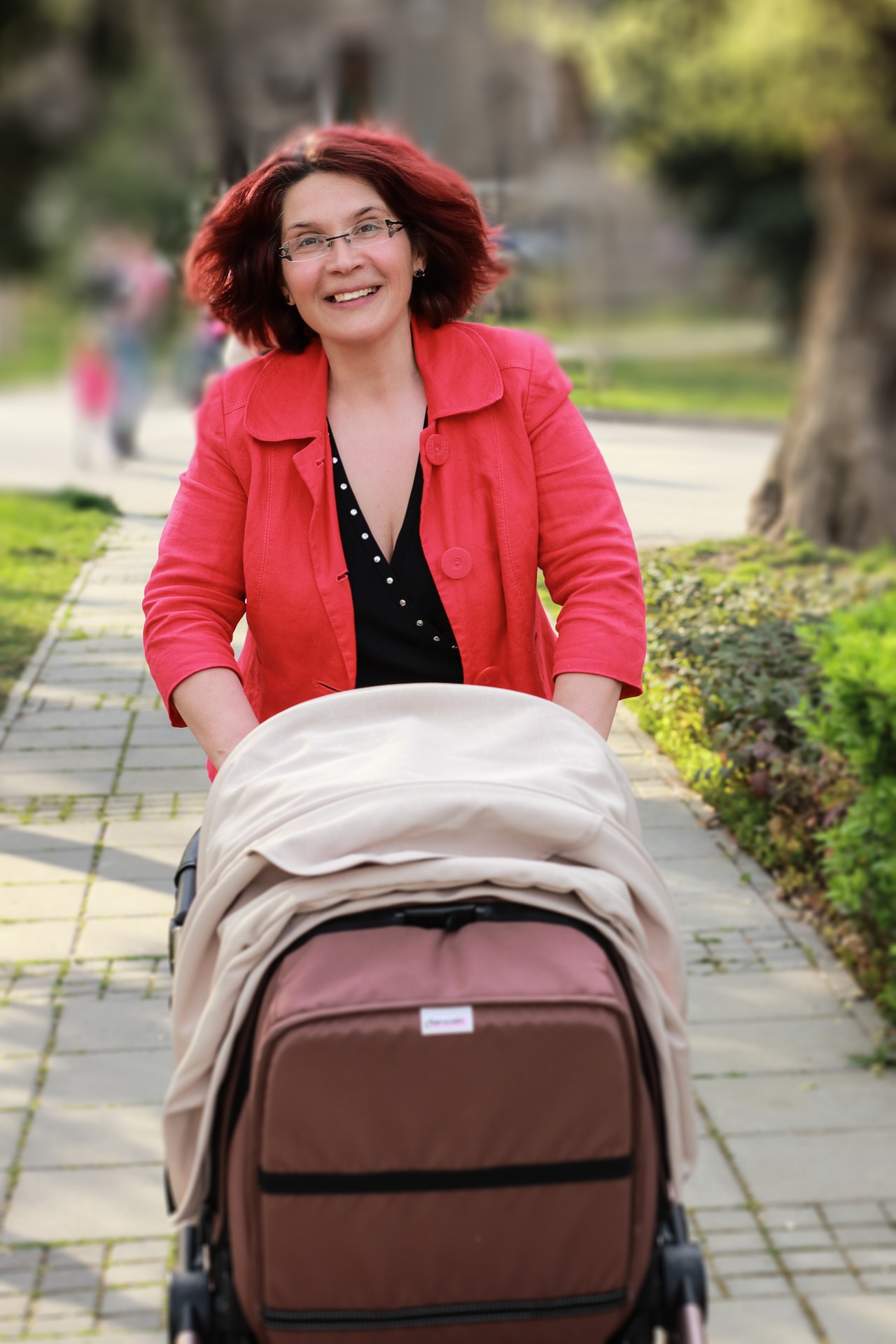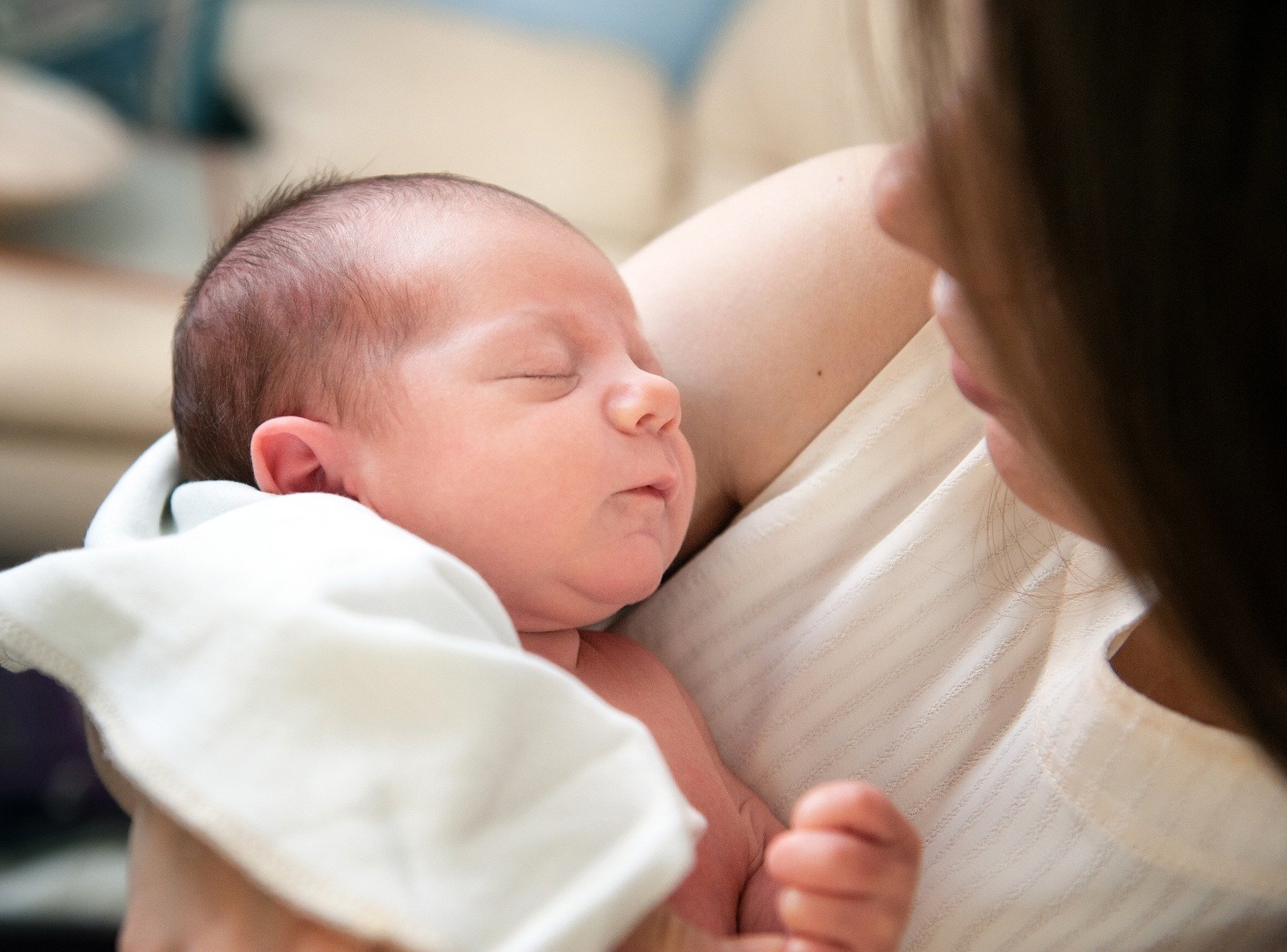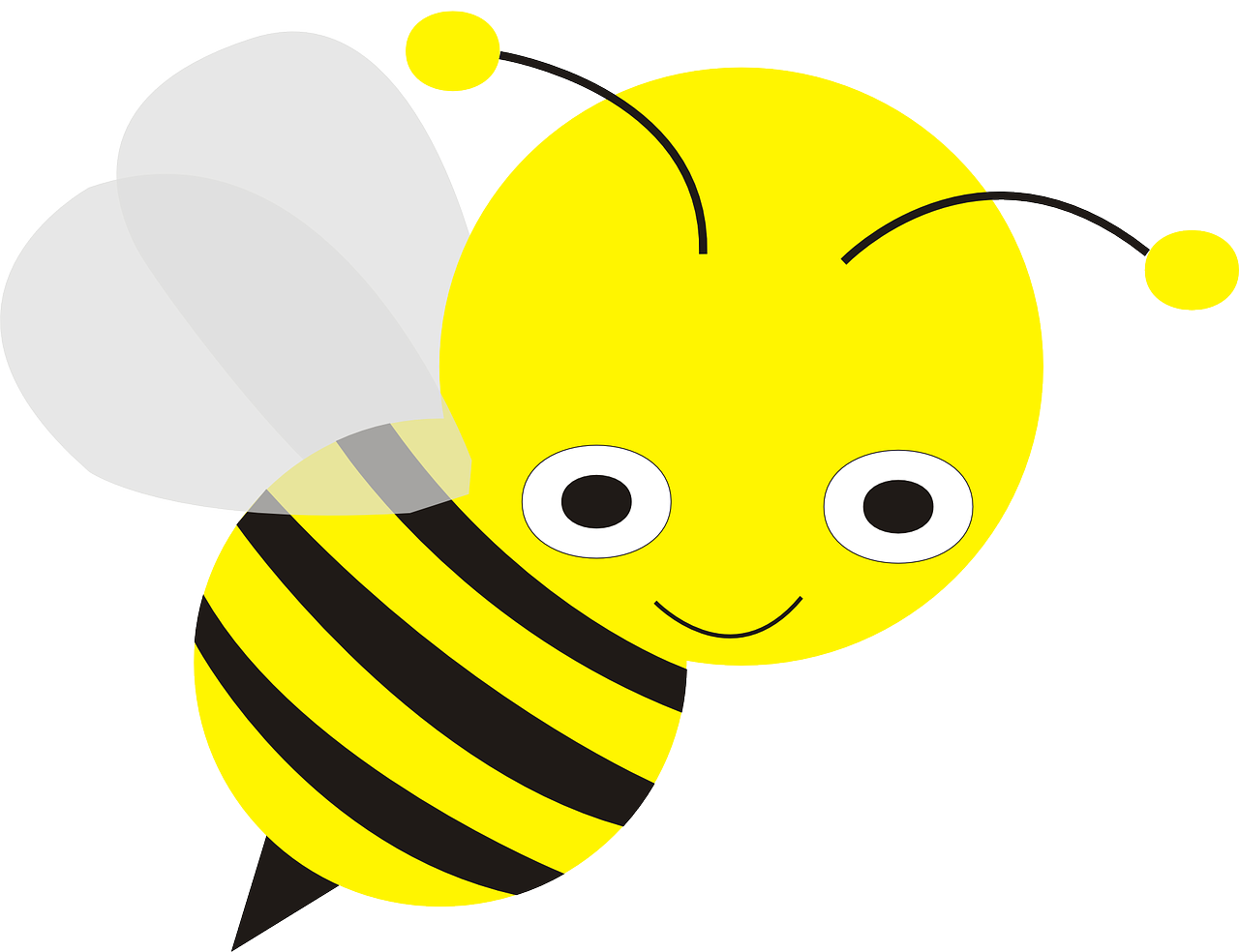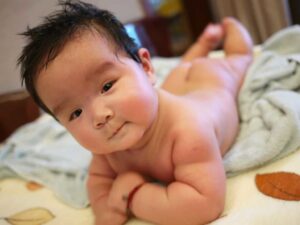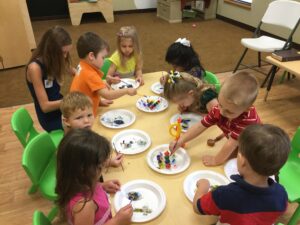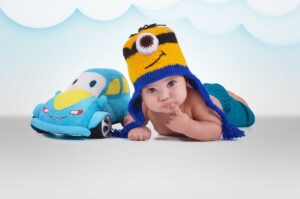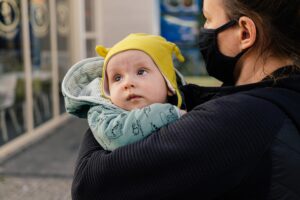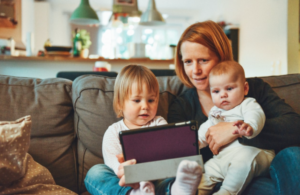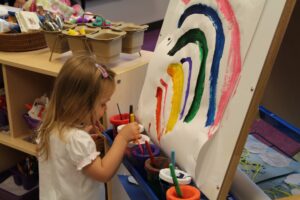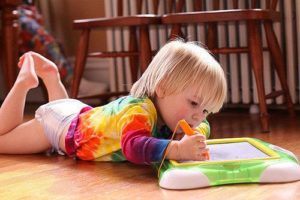
Should a Toddler Wear Pull-Ups While Potty Training?
You’ll get lots of tips and advice, some of which is valuable, and some that will leave you undecided about things like should a toddler wear pull-ups while potty training?
Parenting toddlers can be challenging and no challenge is bigger than potty training. As a parent, you’ve learned a lot while your child moved from being an infant to crawling, to the mobile stage of an active toddler.
Now that they are older and able to understand simple directions and associations, you’re working towards the goal of “no more diapers”.
Disposable vs Cloth Training Pants
Again, we go back to the disposable diaper versus cloth debate, although the sheer quantity of either is somewhat reduced by the age of 18-24 months when most children are attempting to stay dry through the day and night. But the major question becomes one of convenience, versus what may be a better and more “natural” way to get your toddler into the bathroom when he or she needs to go.
Wearing training pants, which are made extra thick and absorbent, is often a deterrent to the child who dislikes being wet. With cloth, the wetness stays close to the skin, where disposable paper-based products tend to draw the liquid away, and the child will play happily, even though their pull-ups are drenched.
Even a young child can pull up an elastic-waisted pair of underpants, so there is nothing unique in the disposable version, except the cute patterns, and you can get those on training pants as well. What they pull down is not going to matter to a young child, as much as it does to the parent.
So when it comes to wondering should a toddler wear pull-ups while potty training, consider the cost, convenience, and your success in having the child acknowledge “accidents”, which will eventually prevent them from happening again.
